Over the past year, I designed my first apartment.
After half a decade of planning, I finally found the right canvas to paint on.
Here’s the story of how it came to be.
I. The hotel
A few years ago, I spent some time at Schgaguler Hotel, in Italy.
It blew my mind.
The entire hotel was impeccably designed, from the chairs in the welcome area to the underground spa:
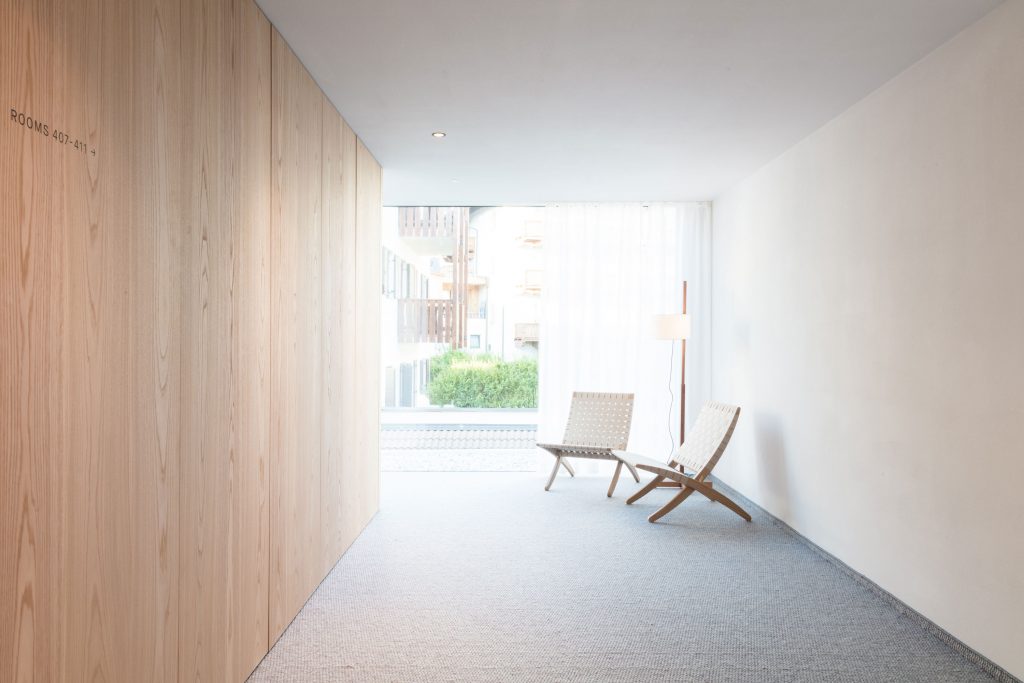
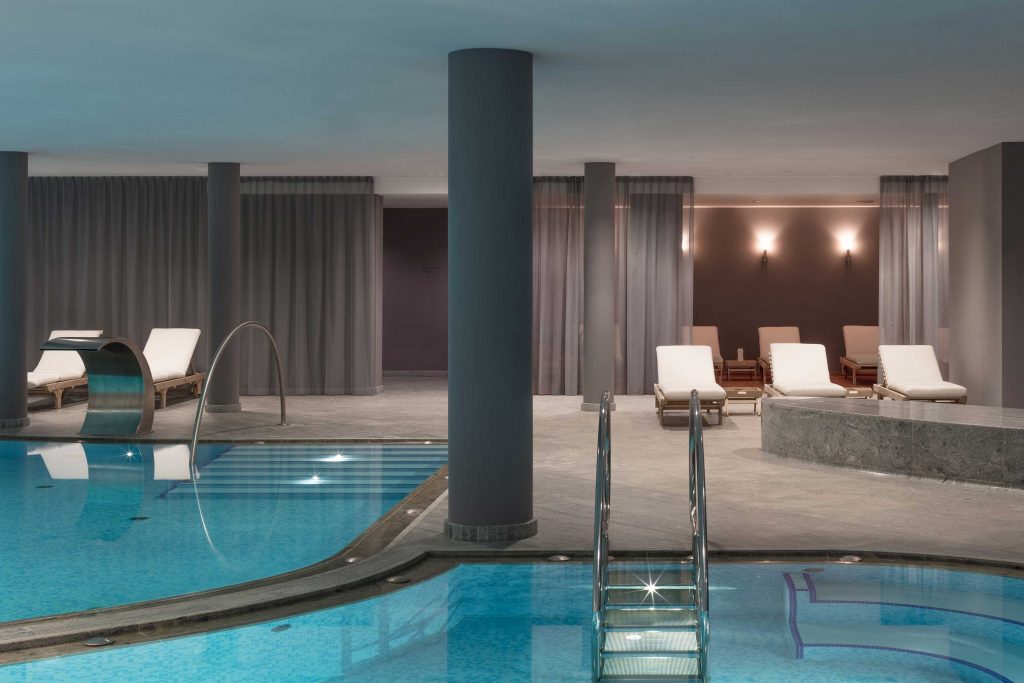
Everything in the hotel felt like a work of art. The lightbulb and the faucet were even built directly into the mirror:
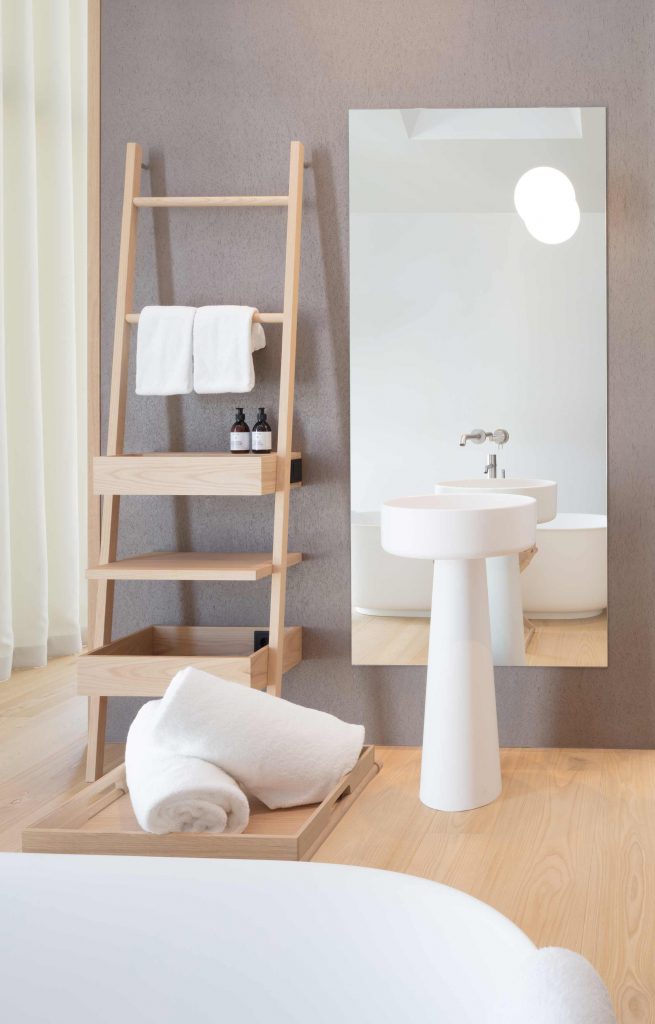
But, the hotel didn’t feel ostentatious. It felt calm. It felt peaceful. It felt home-y. The food was exceptional. Even the playlist was fantastic. Somehow, the Schgaguler Team got everything right.
Everything.1
The years before Schgaguler were quite difficult, though.
I left the company I grew up at, spent my cash on a project that didn’t work out, and broke up with the woman I loved. And all of that happened during COVID, which made everything even worse.
But, in the years before that, I’d slowly started collecting objects that spoke to me. I also started making a list of things I wanted to buy. And I started searching for pieces that I couldn’t seem to find.
When I left Italy that summer, I felt refreshed, inspired, and determined.
I wanted to build my very own Schgaguler.
II. The search
A few weeks later, I landed in San Francisco and started looking for an apartment. I saw every listing on the market and probably visited at least 10 places in person.
Eventually I found a spot in Cole Valley that checked my boxes. The building had laundry and bike storage, the apartment had a pretty decent patio, and, by San Francisco standards, the finishes were relatively modern.
Objectively, it was pretty good!
Then, as I was about to sign the lease, I stumbled across a listing for an apartment that had very fuzzy pictures and, potentially, very good bones. I emailed the landlord immediately.
She told me she was out of town.
The timing was terrible. I needed to decide if I was going to sign the lease in Cole Valley now. I asked a friend for advice, the same one who’d told me about Schgaguler.
I didn’t sign the lease.
III. The apartment
A few days later, when I walked into the apartment with fuzzy pictures, I cried.
I immediately knew I’d found my new home.
It was on a charming block, in a quiet neighborhood, near three of my favorite parks. And while the space itself was pretty small, the layout was surprisingly functional.
Here’s what the apartment looked like:
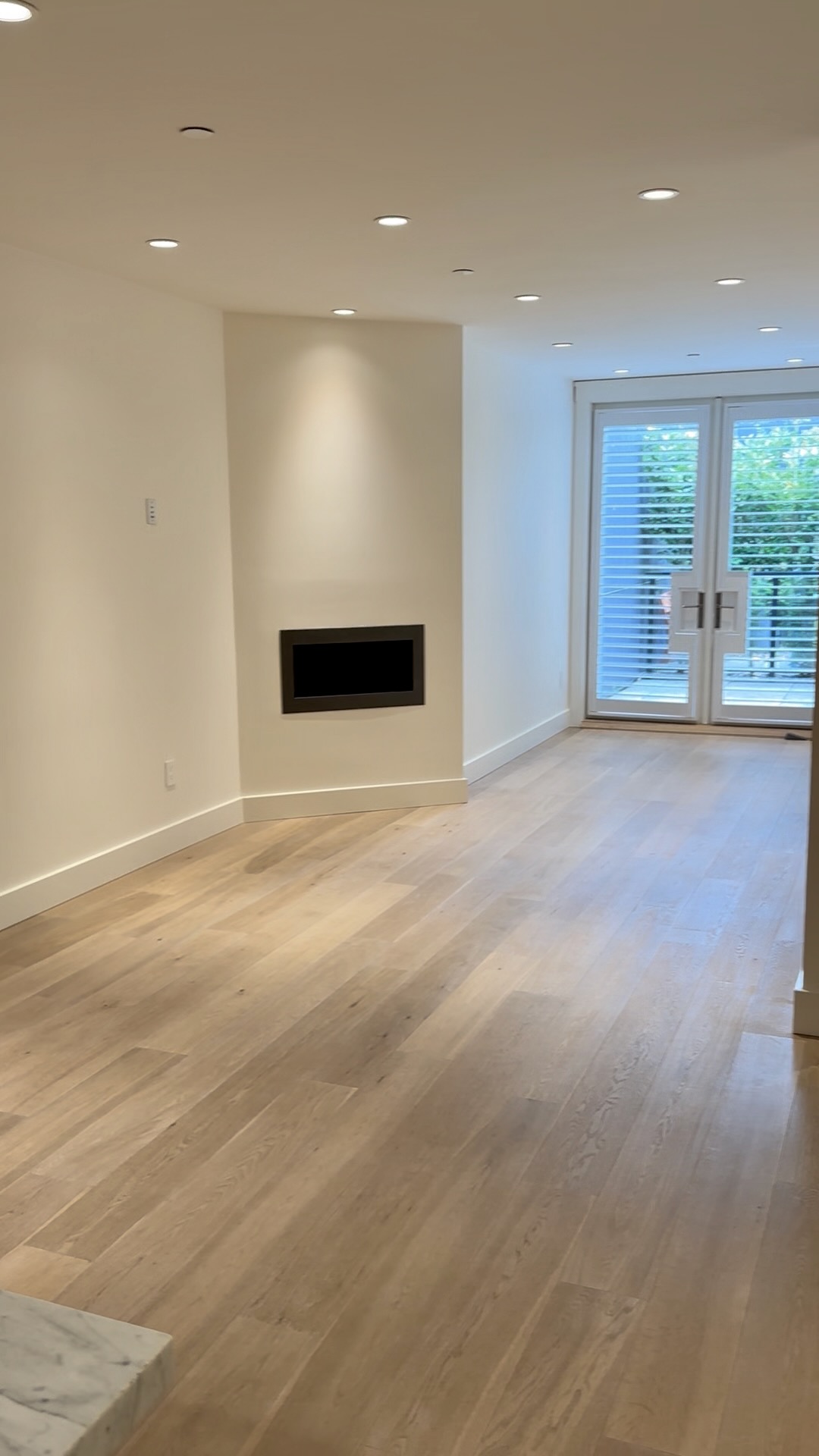
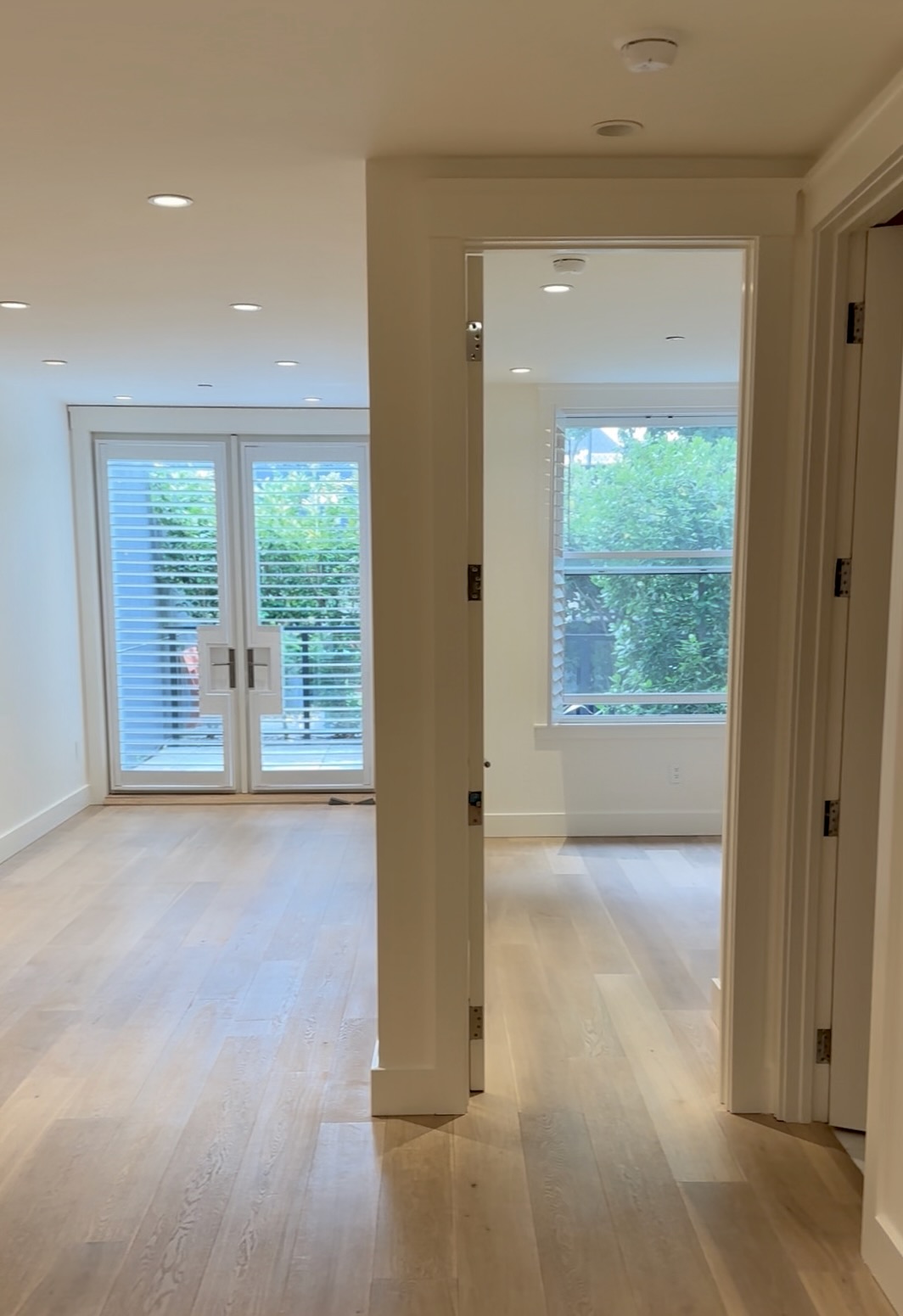
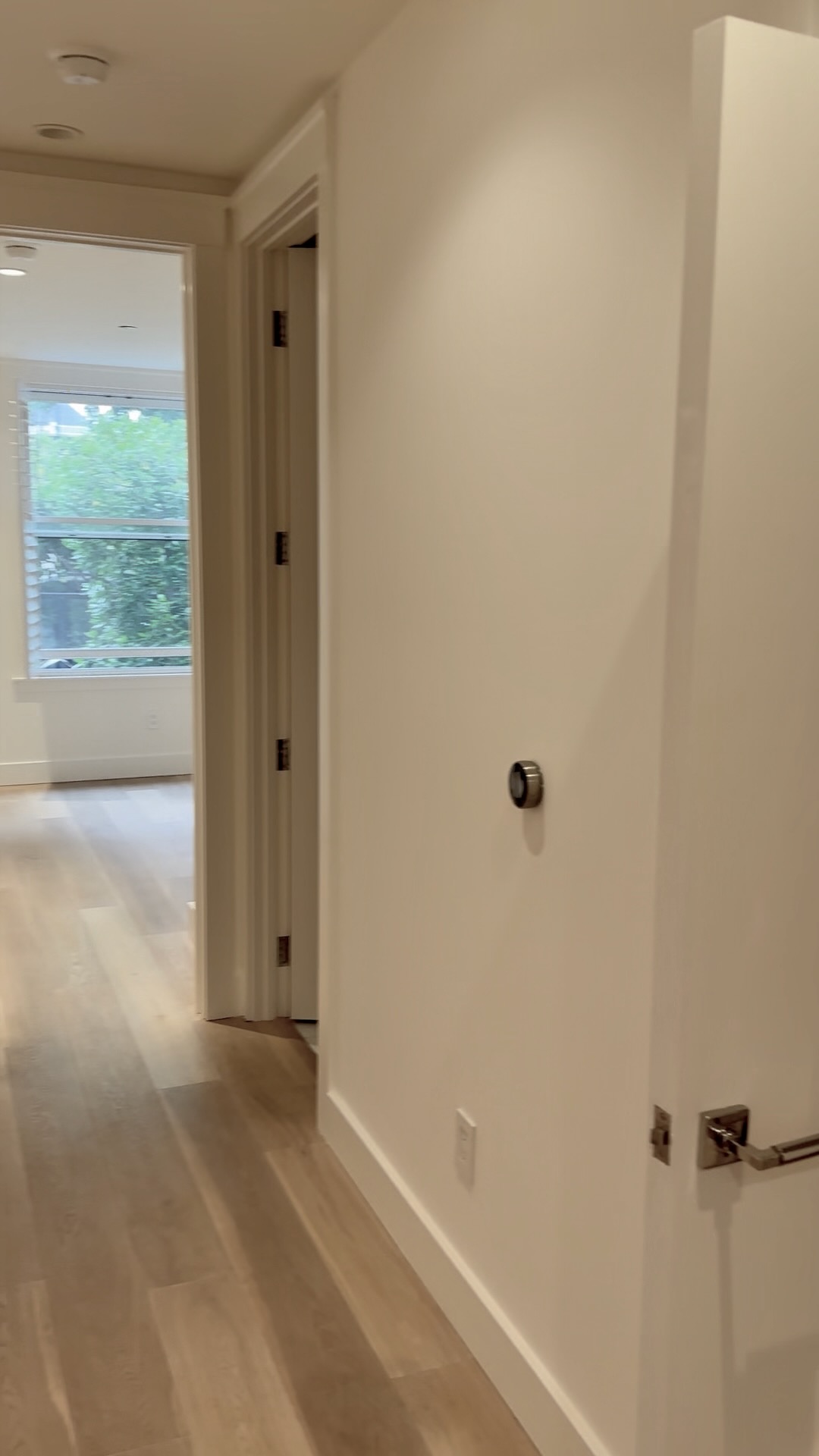
I wanted to turn the space into something simple, serene, and cozy.
Here’s what it looks like now:
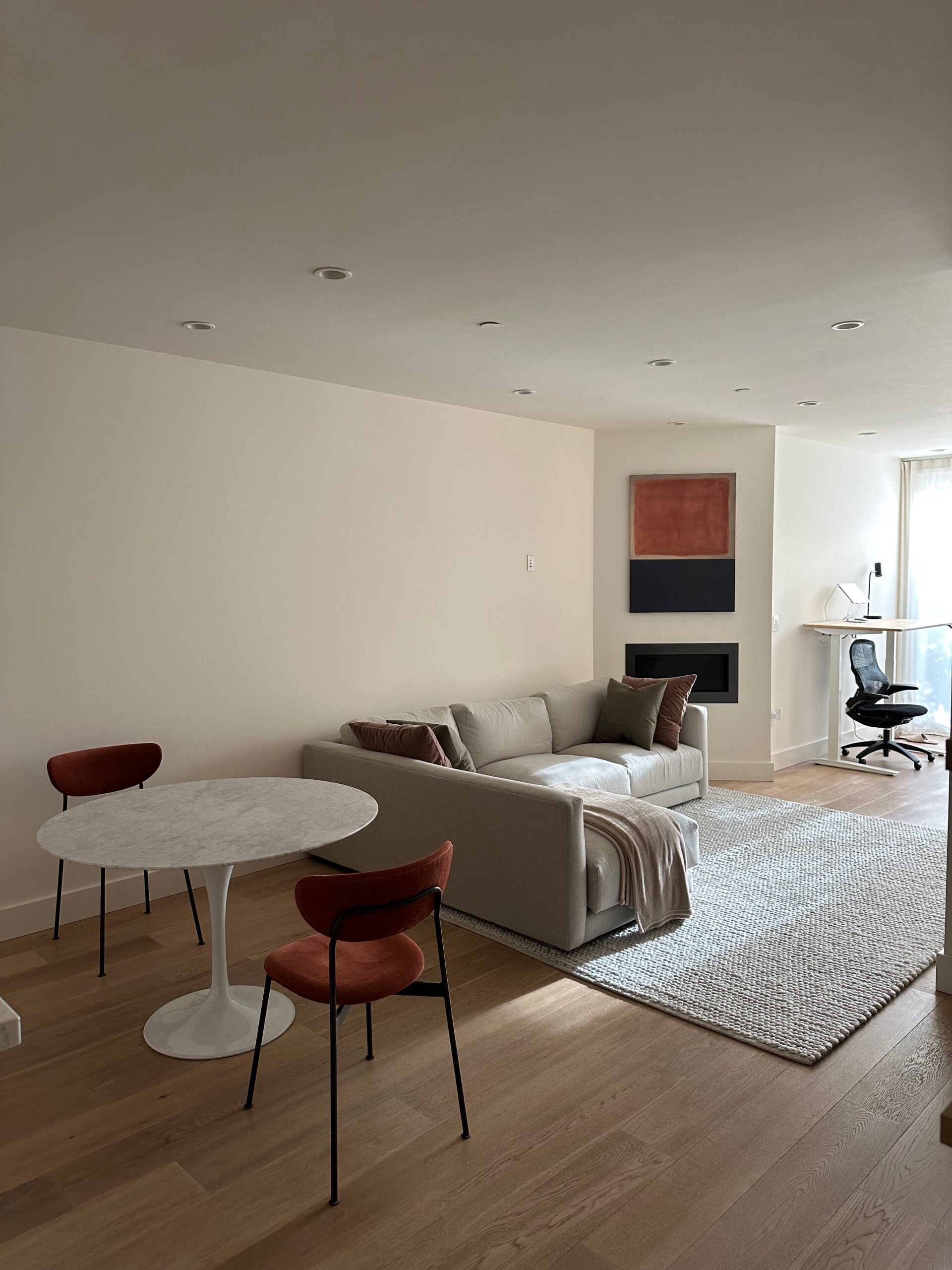
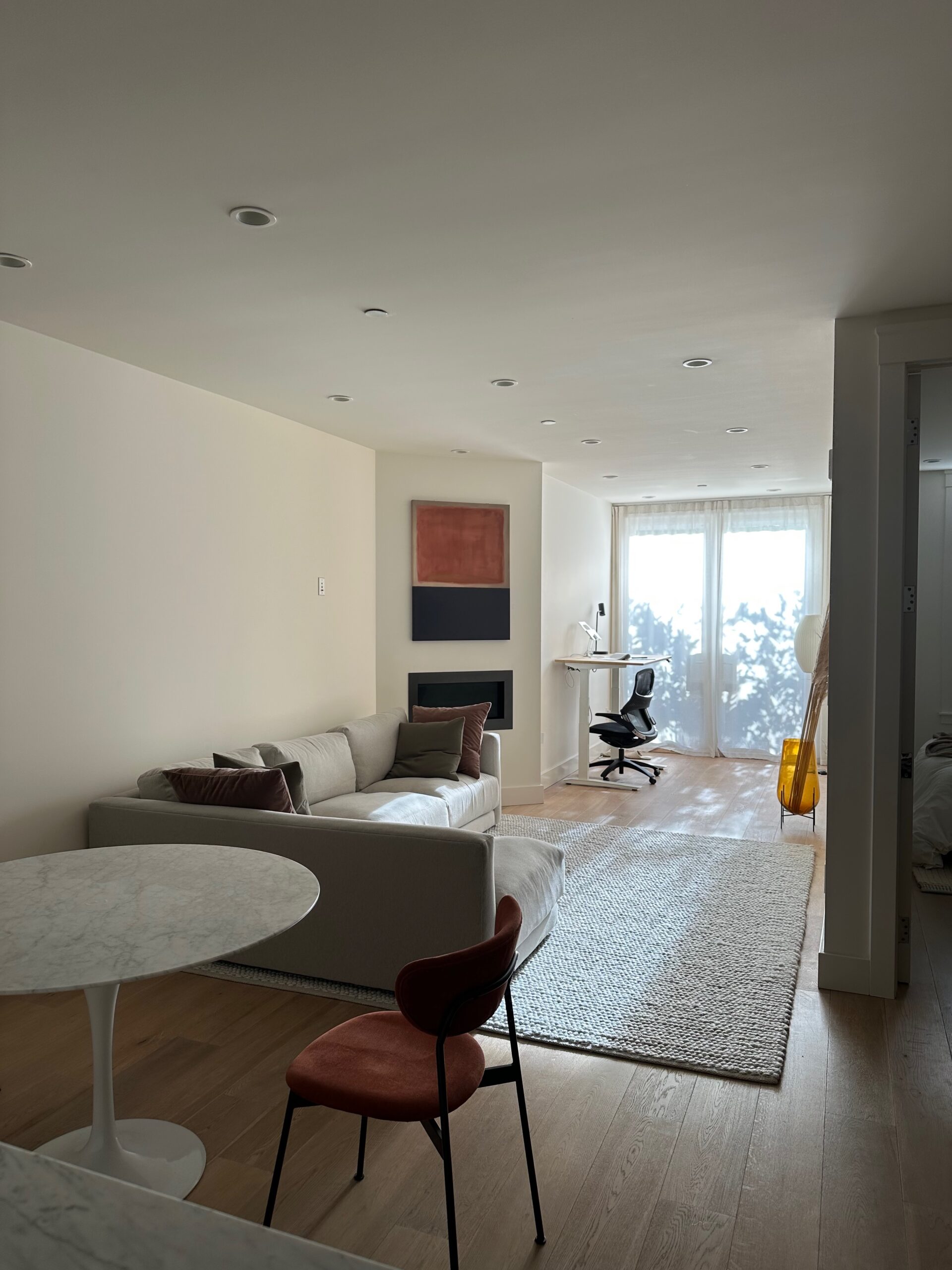
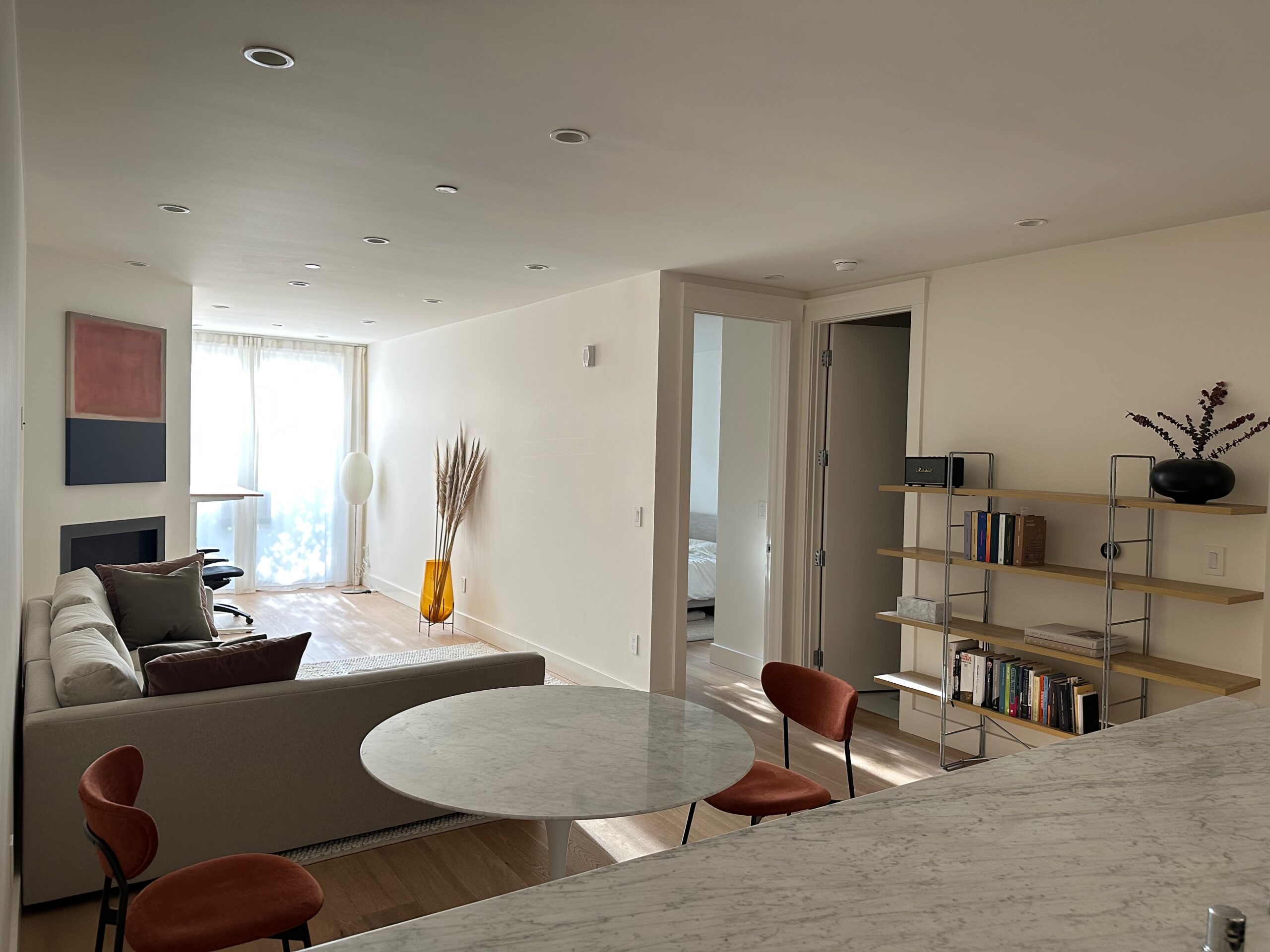
I really like how it turned out!
IV. Building it
After thinking about what I’d want to build for years, bringing my ideas to life was extraordinarily fun.
When I initially moved in, the patio doors had blinds on them:
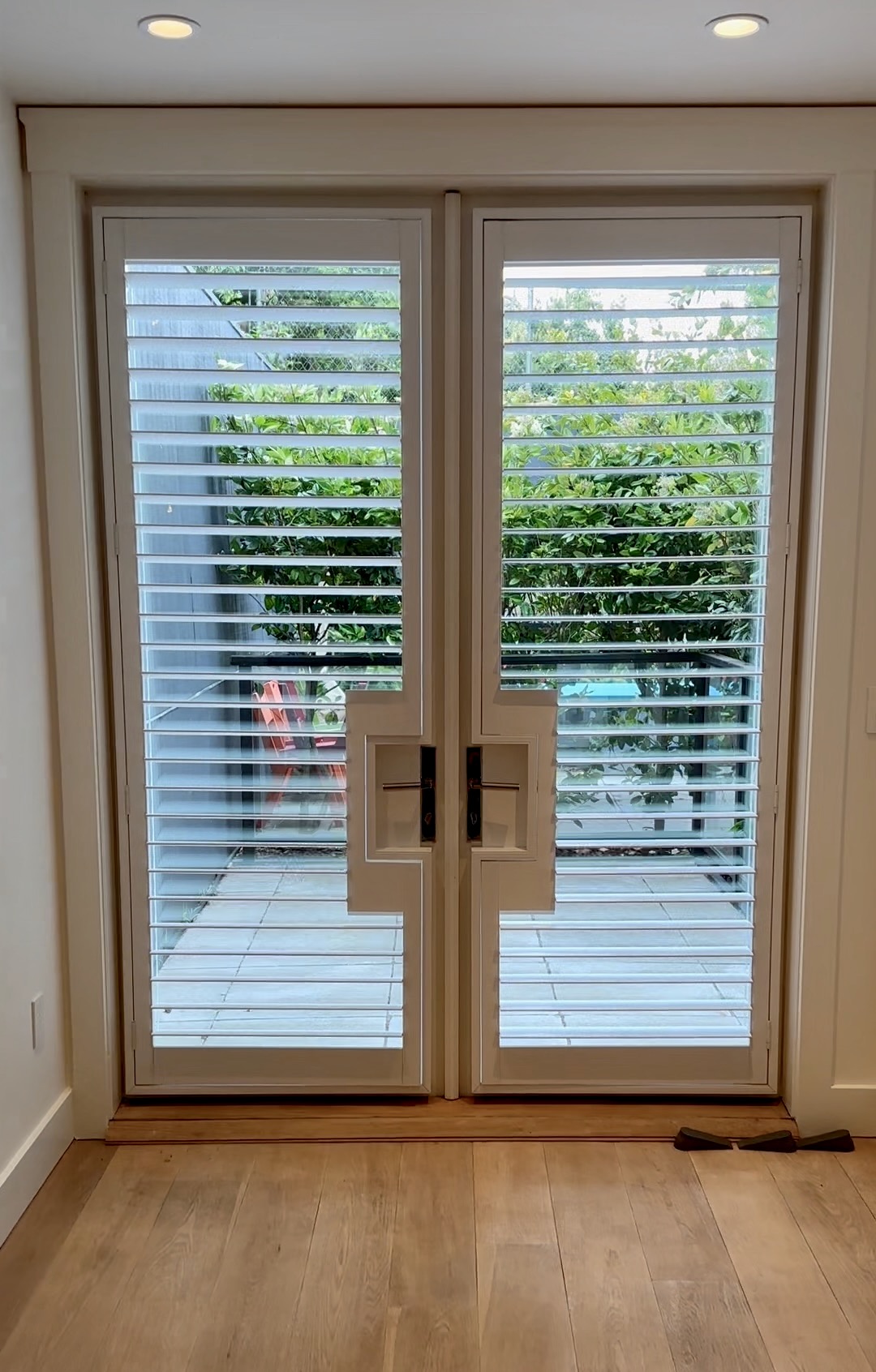
If I wanted to let more light in, I needed to detach the blinds from their hinges:
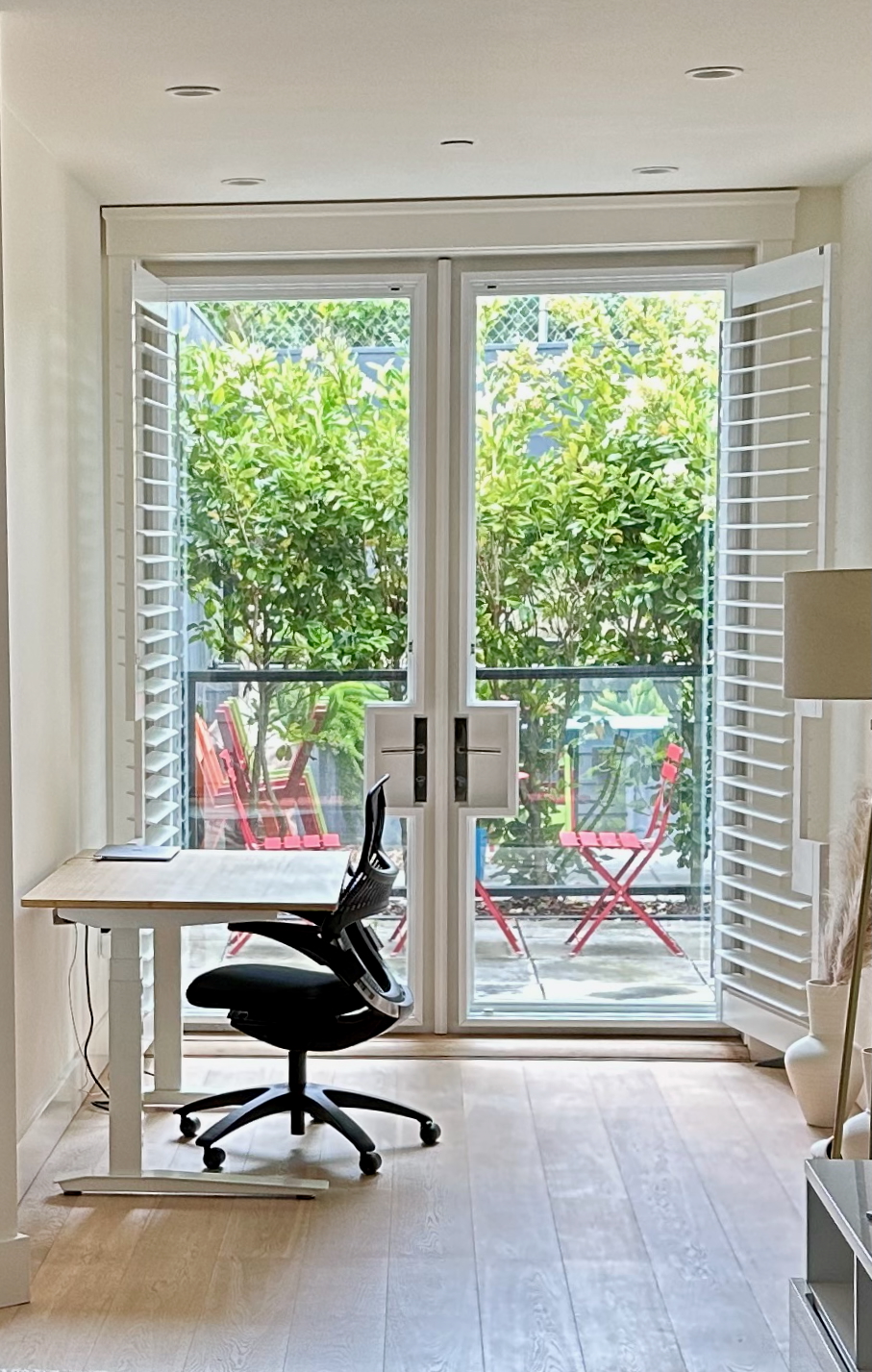
That was annoying (and extremely hideous), so I replaced the blinds with curtains:
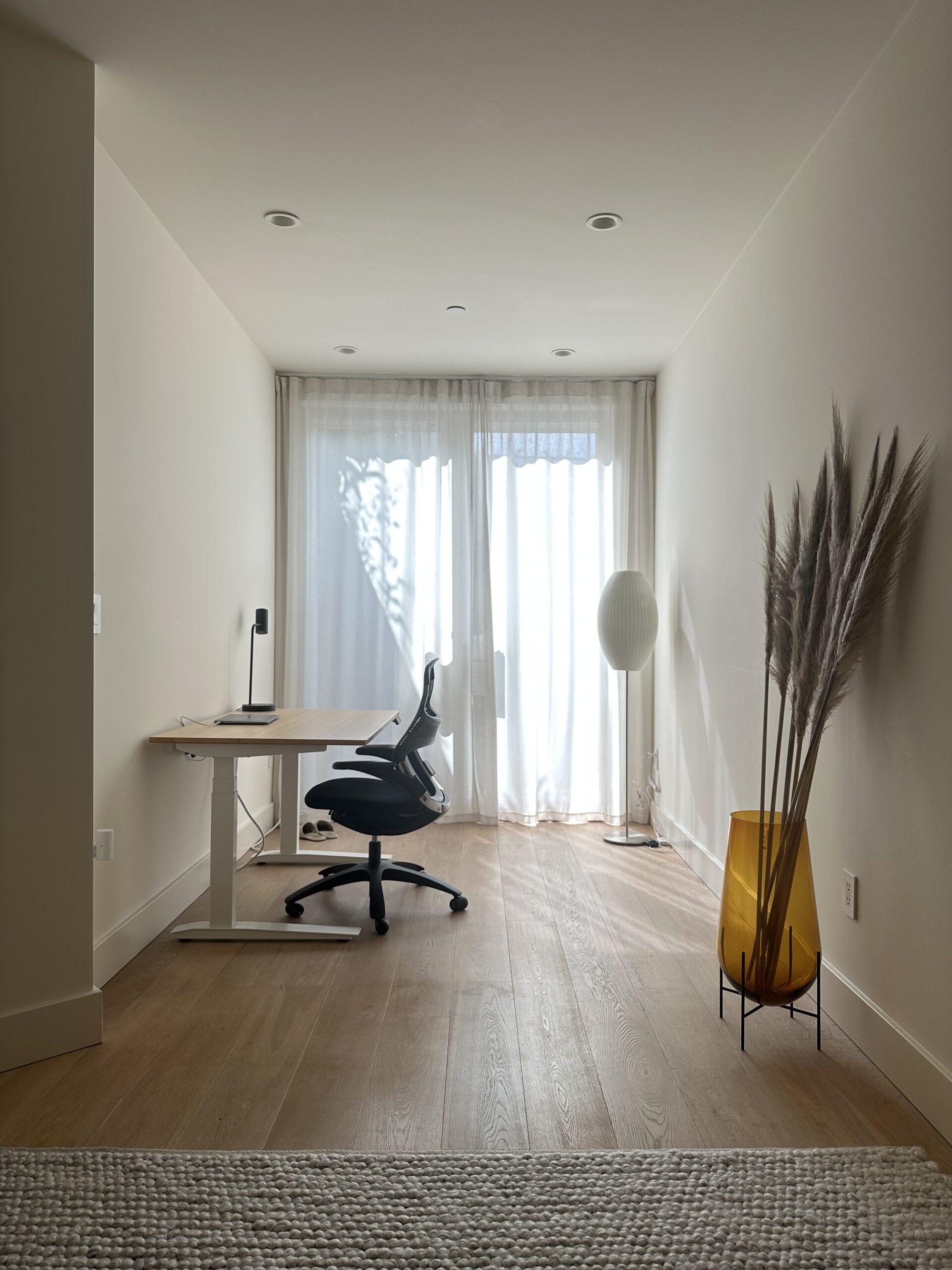
So much better!
The other big upgrade was getting rid of my TV and media cabinet, which I’d moved with me from a previous apartment.
It was actually a pretty difficult decision because, in truth, I really liked them:
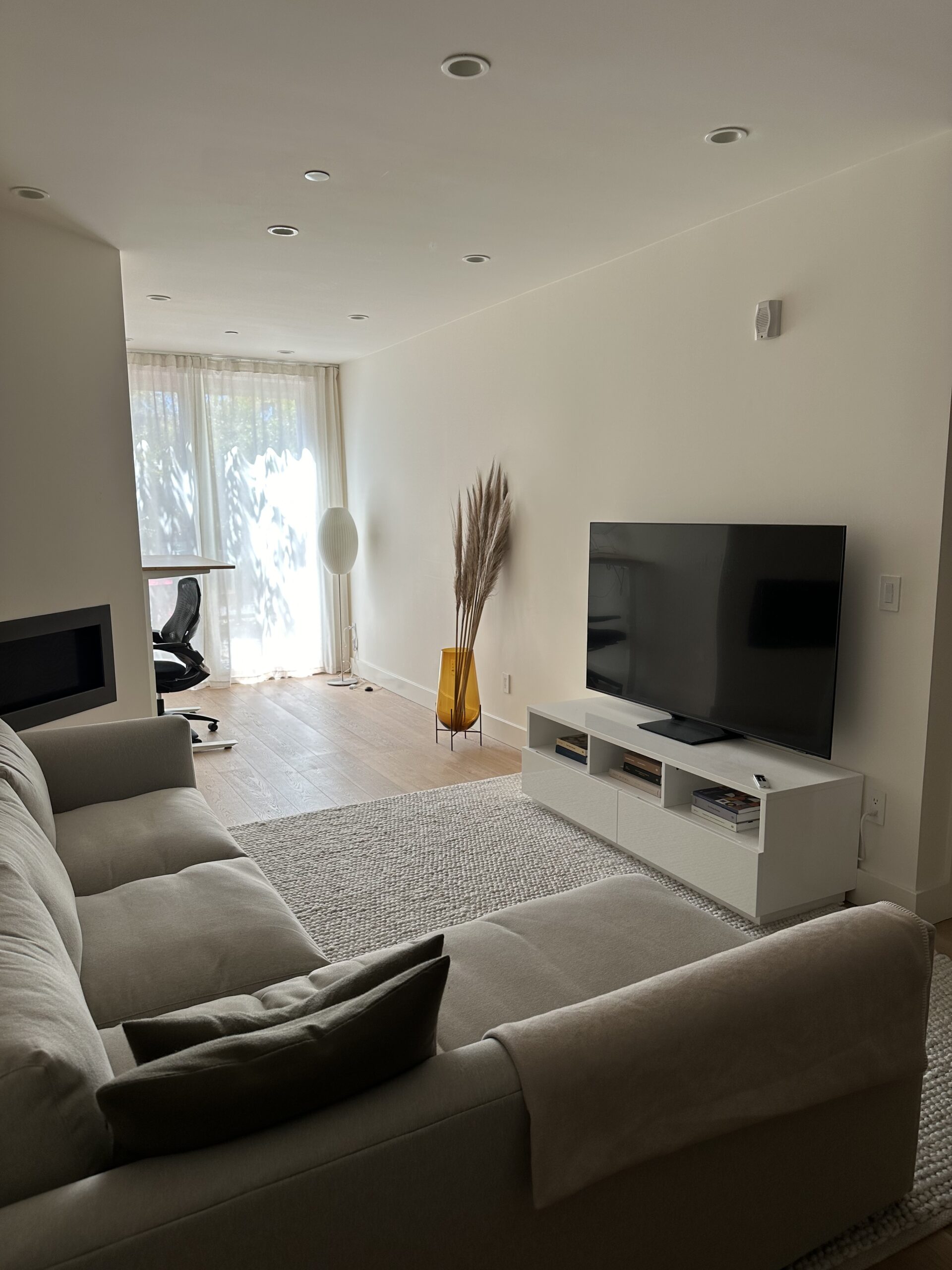
The cabinet was simply too big for the apartment, though. When I walked through the room, I always hit my leg on it:2
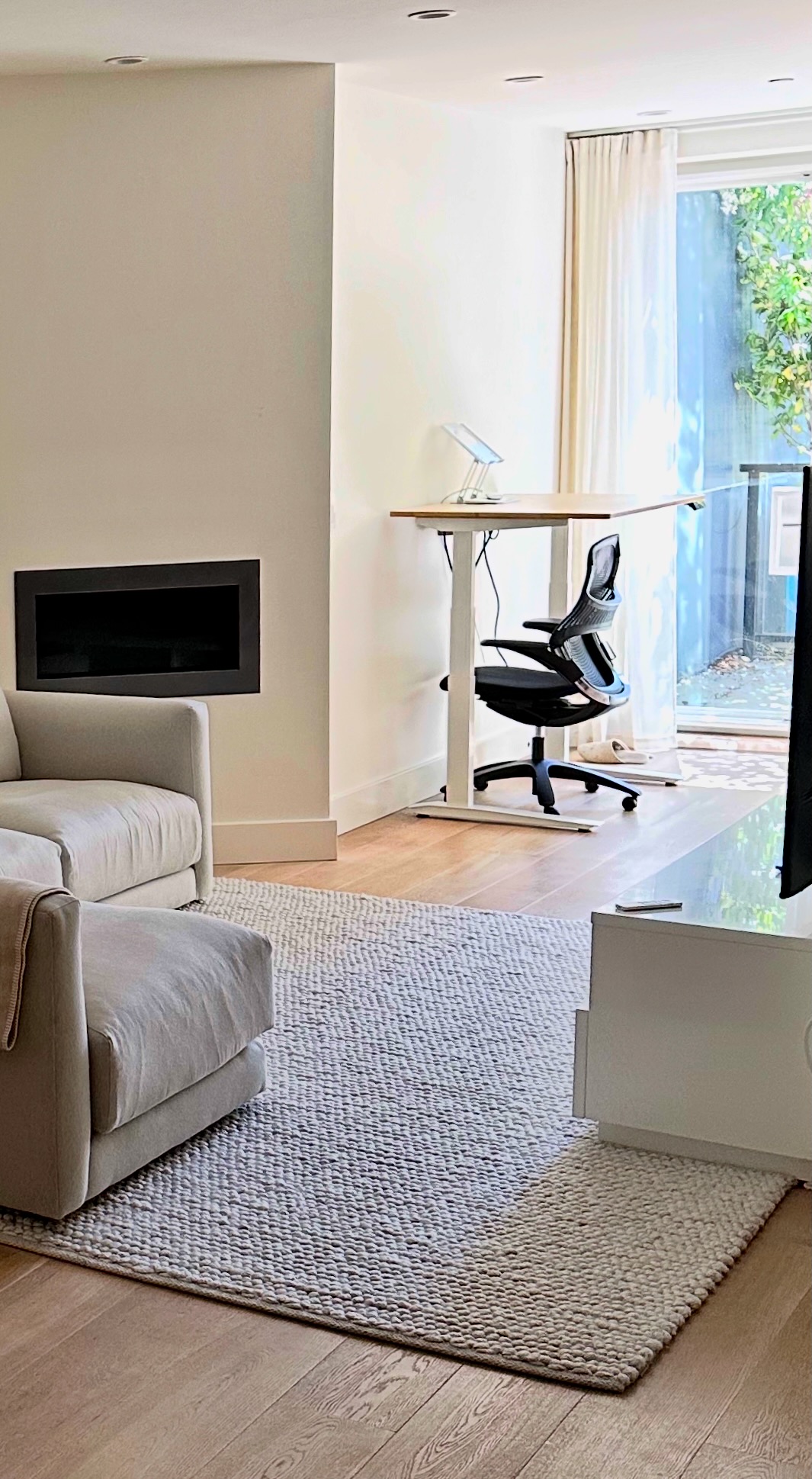
Once I realized the cabinet was too big, I considered selling it and just mounting the TV on the wall. I even ran a little experiment to see what that’d be like:
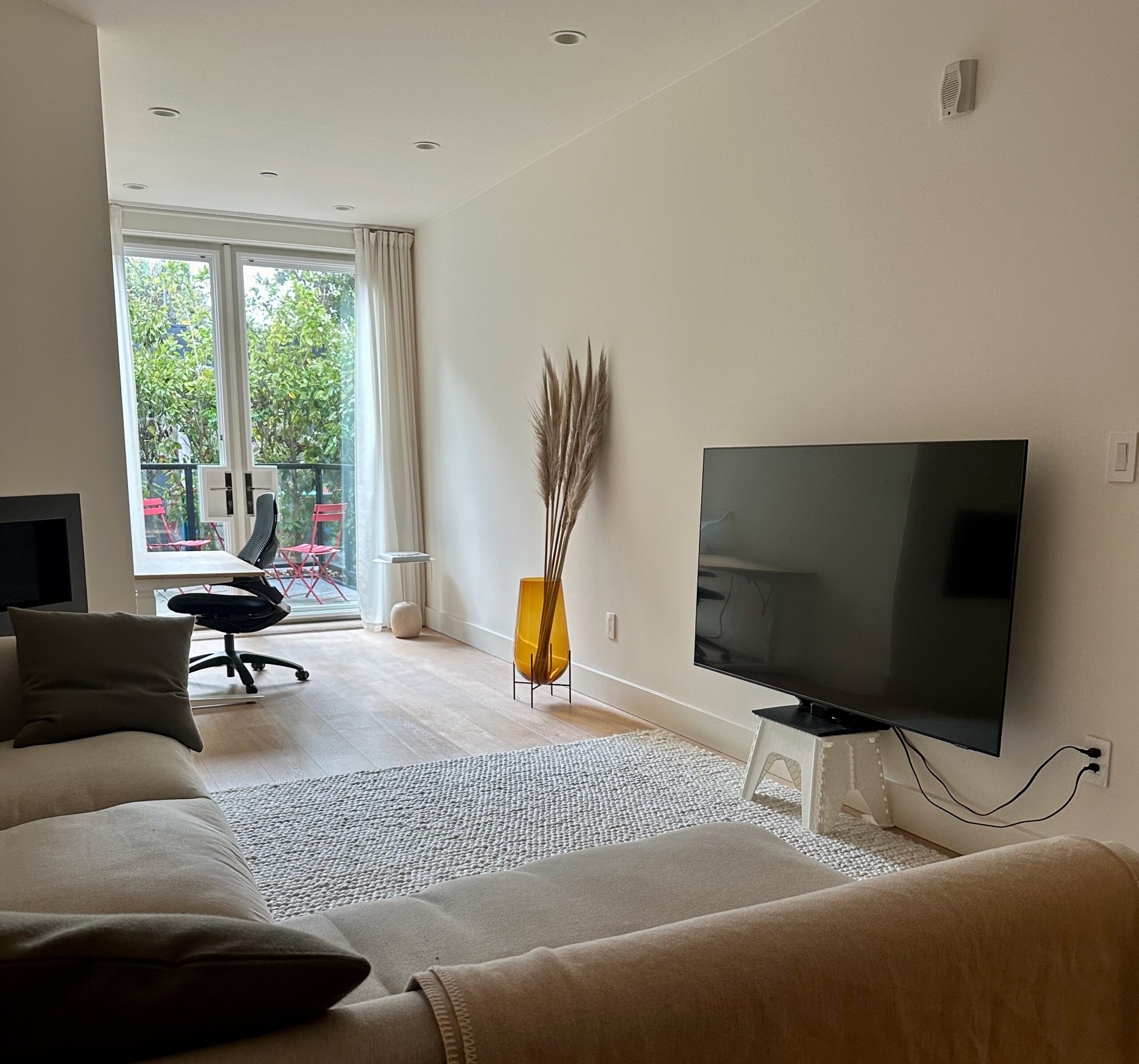
But, the TV was too close to the couch, so I got headaches when I watched it. I also realized that I preferred extra space to a big screen.
Getting rid of them made the room feel so much larger:
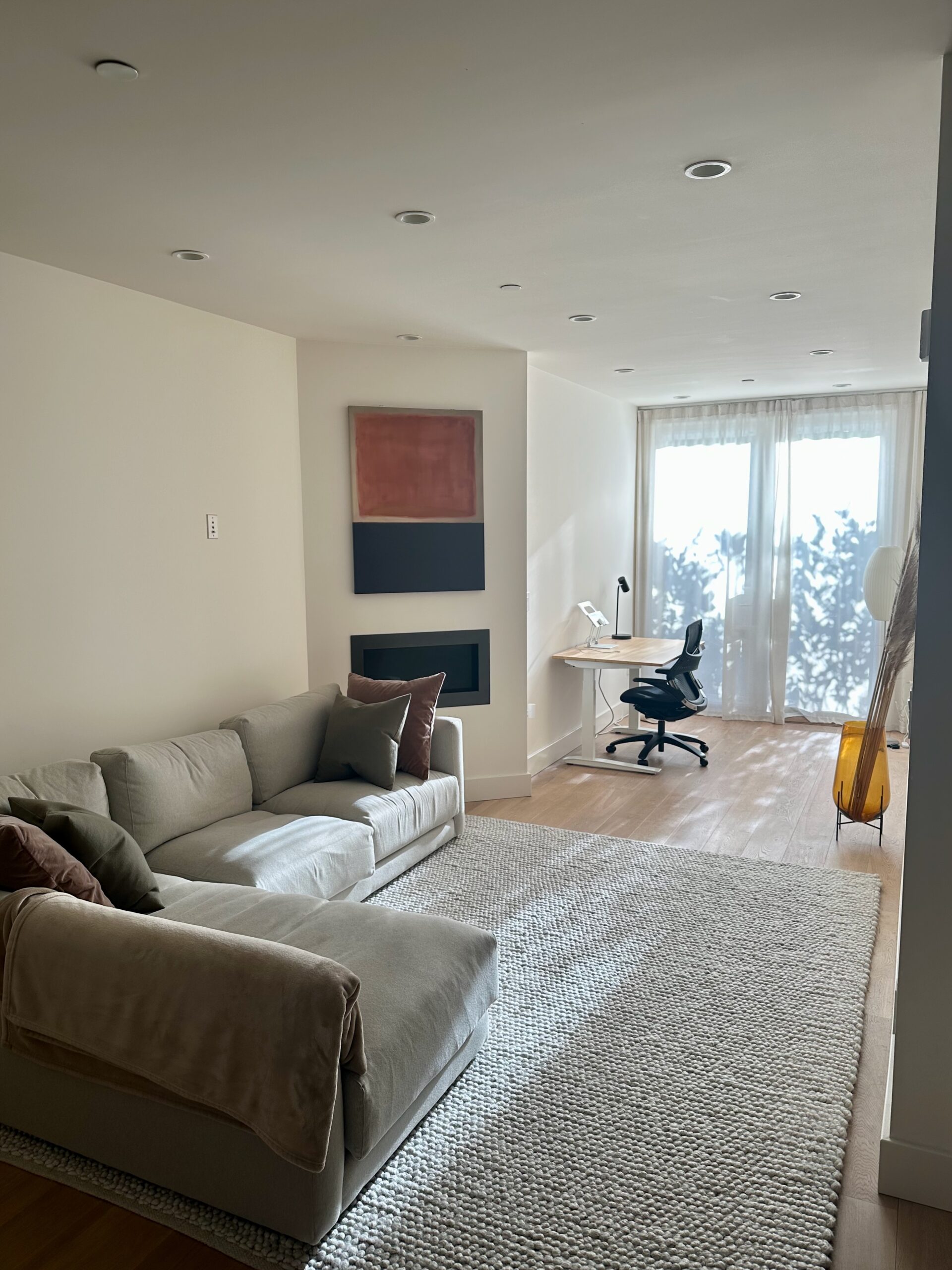
The other big challenge was figuring out what to do with this wall:
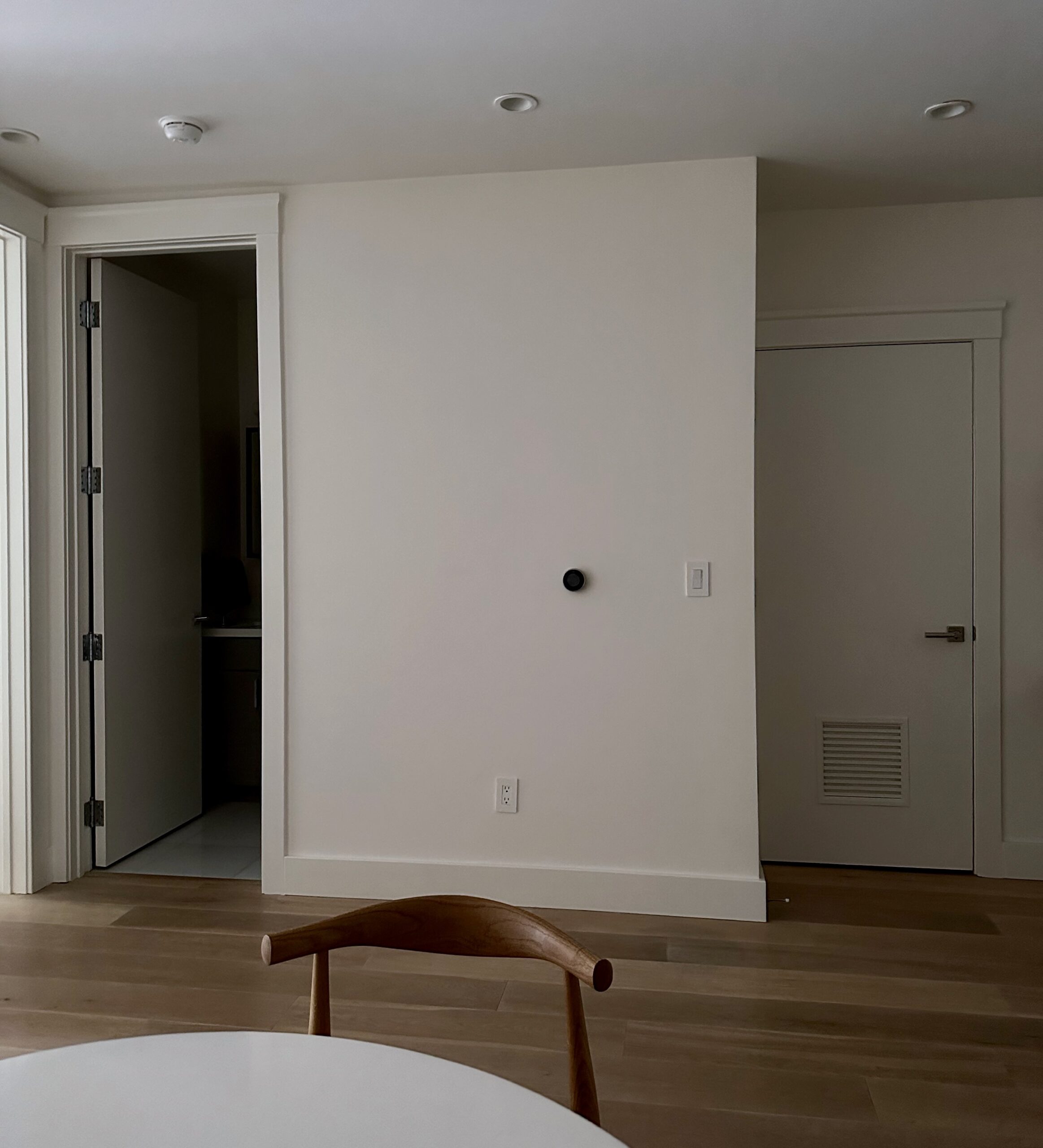
A lamp wouldn’t fully utilize the space. Art didn’t really make sense since the wall wasn’t a focal point within the room. And while I certainly needed shelving, I didn’t want to buy anything that’d prevent me from using the thermostat or the light switch.
For months, I was stumped.
Then I found an old IKEA shelf on Facebook marketplace:
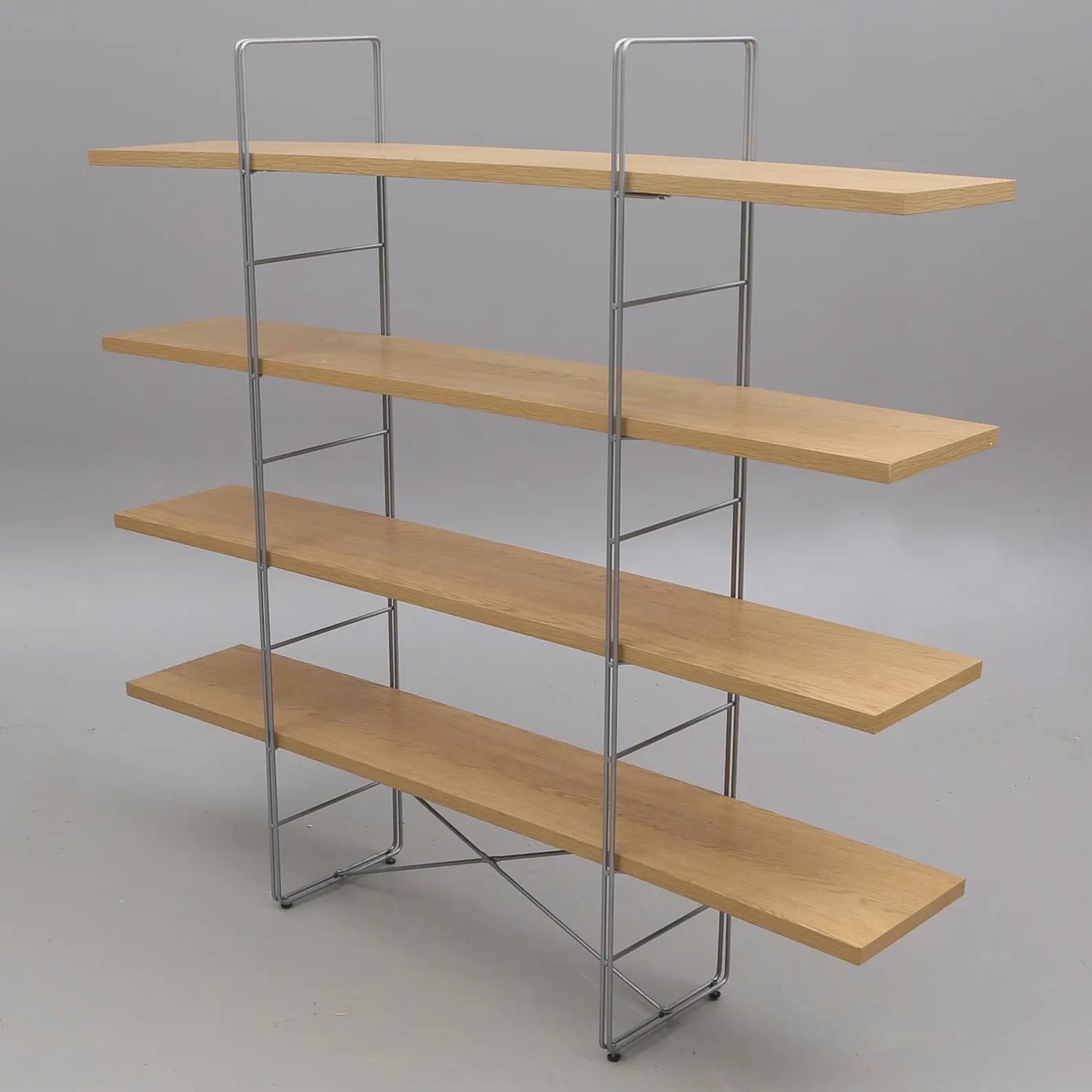
Somehow, it fit perfectly:
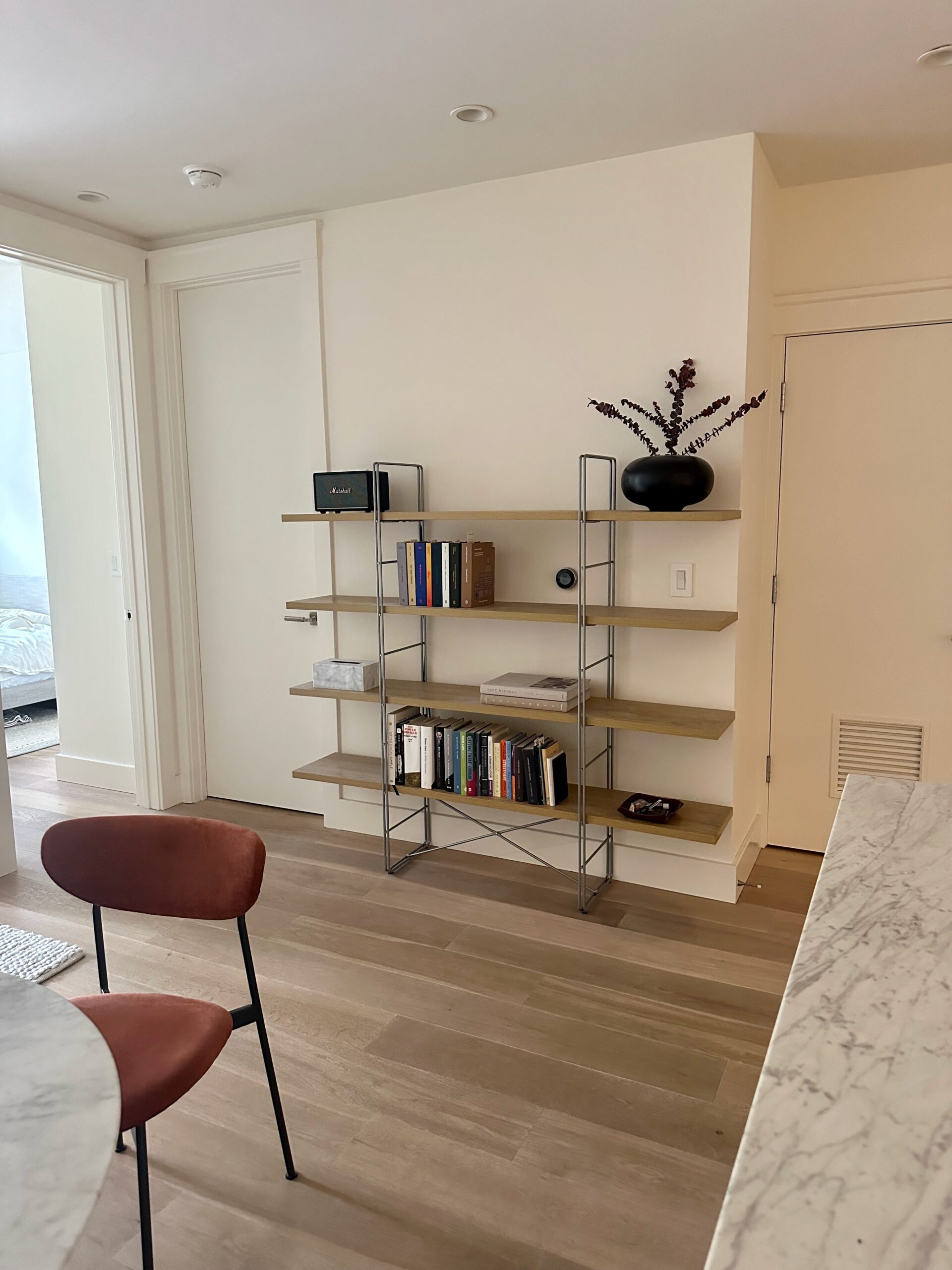
V. My favorites
My favorite pieces, though, are the vase and the painting.
Years ago, when I first saw the vase, I thought it was stunning:
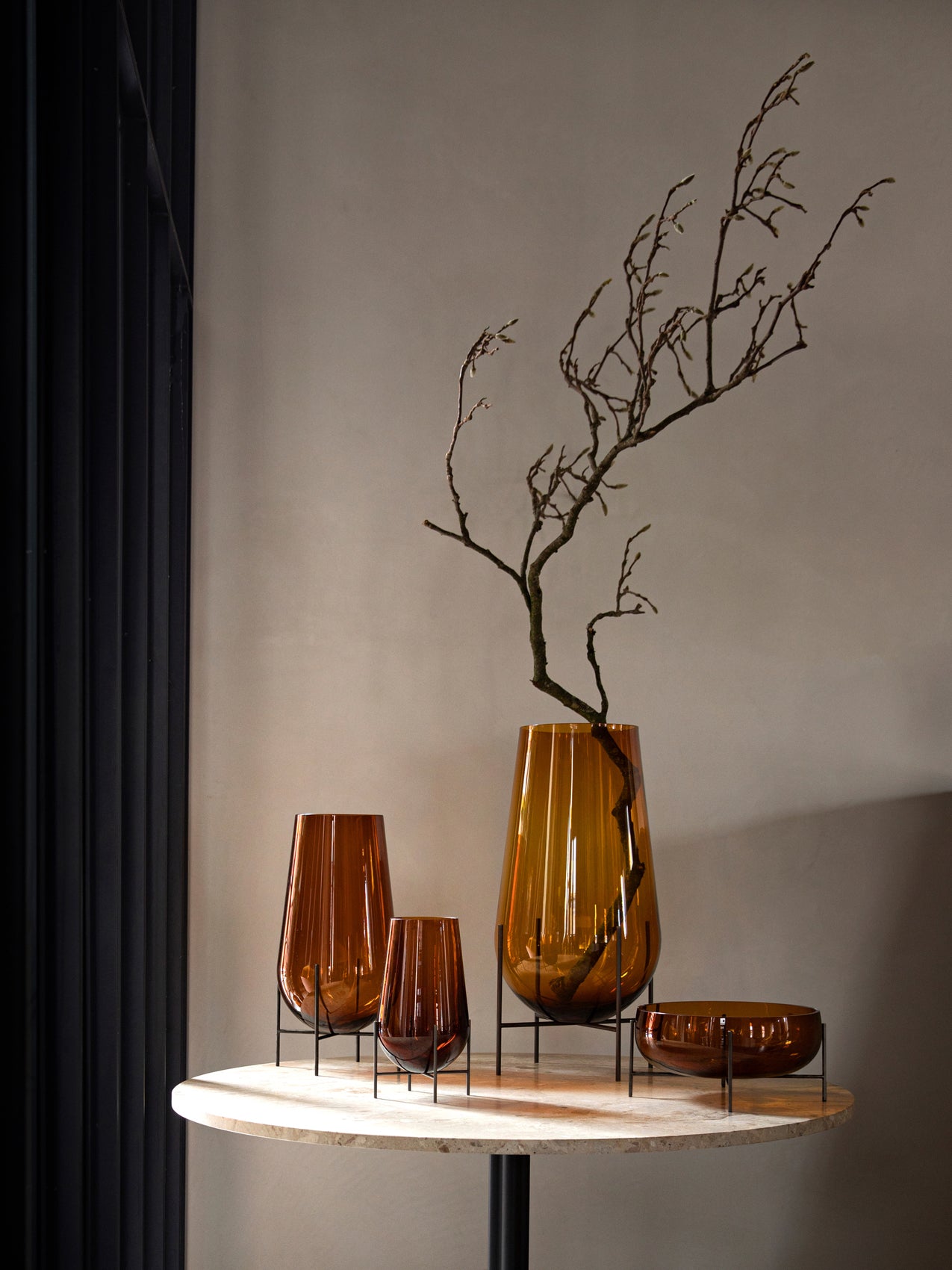
I was fascinated by the complex color, the delicate shape, and the intriguing way they worked together. I’d never seen anything like it before.
But, at the time, I didn’t know what I would actually do with the vase, so I decided not to buy it.
Now I can’t imagine the room without it:
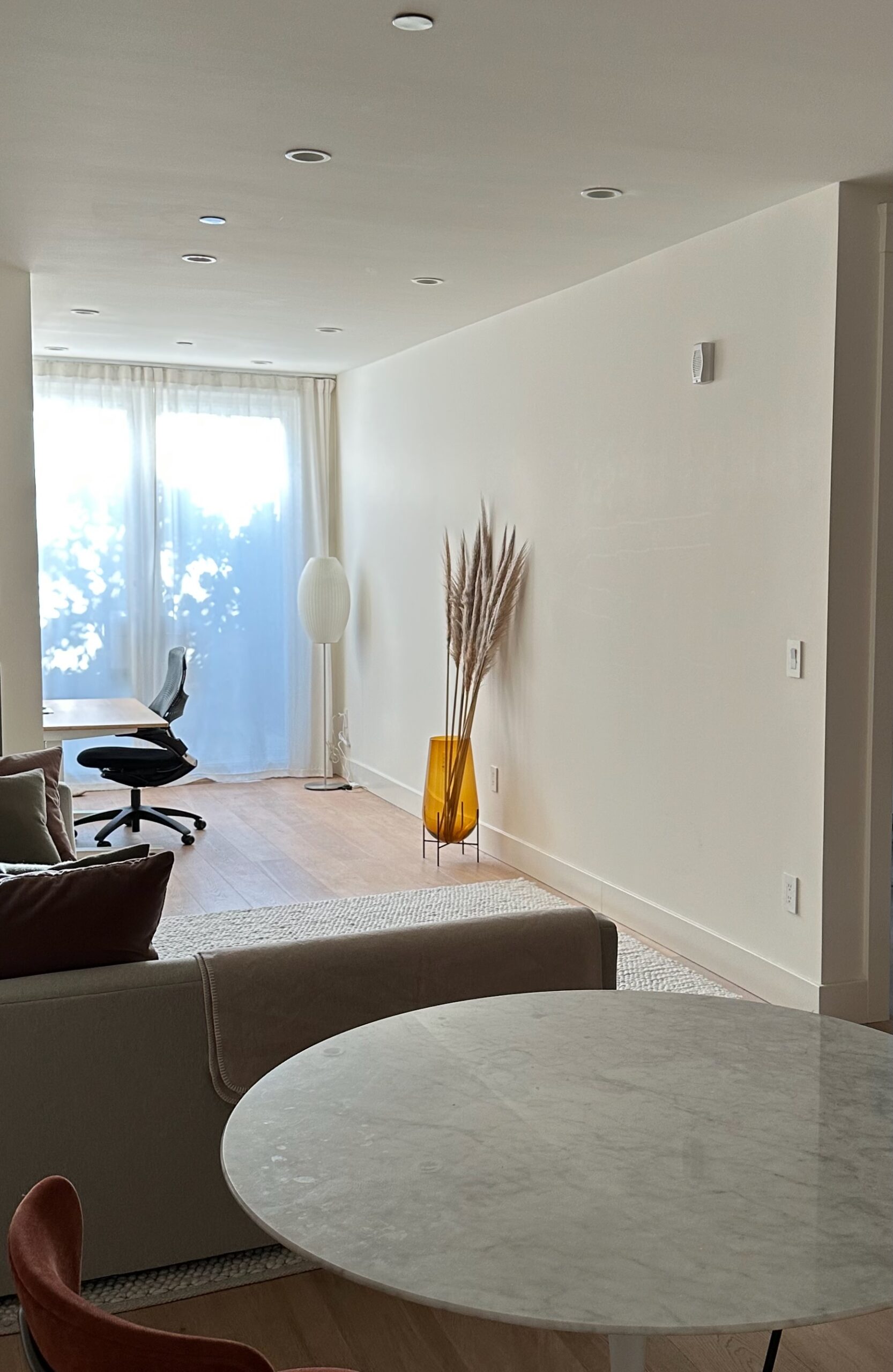
For years, a few friends repeatedly told me that I should get some art. The conversation always went like this:
“Matt, your walls are empty and you hardly have any color in your apartment. You should really get some art or something.”
“I completely agree with you! I just haven’t found the right thing yet.”
The problem was that I didn’t know where the art would go, or which other objects it would need to complement.
Here’s what the apartment looked like before I got any:
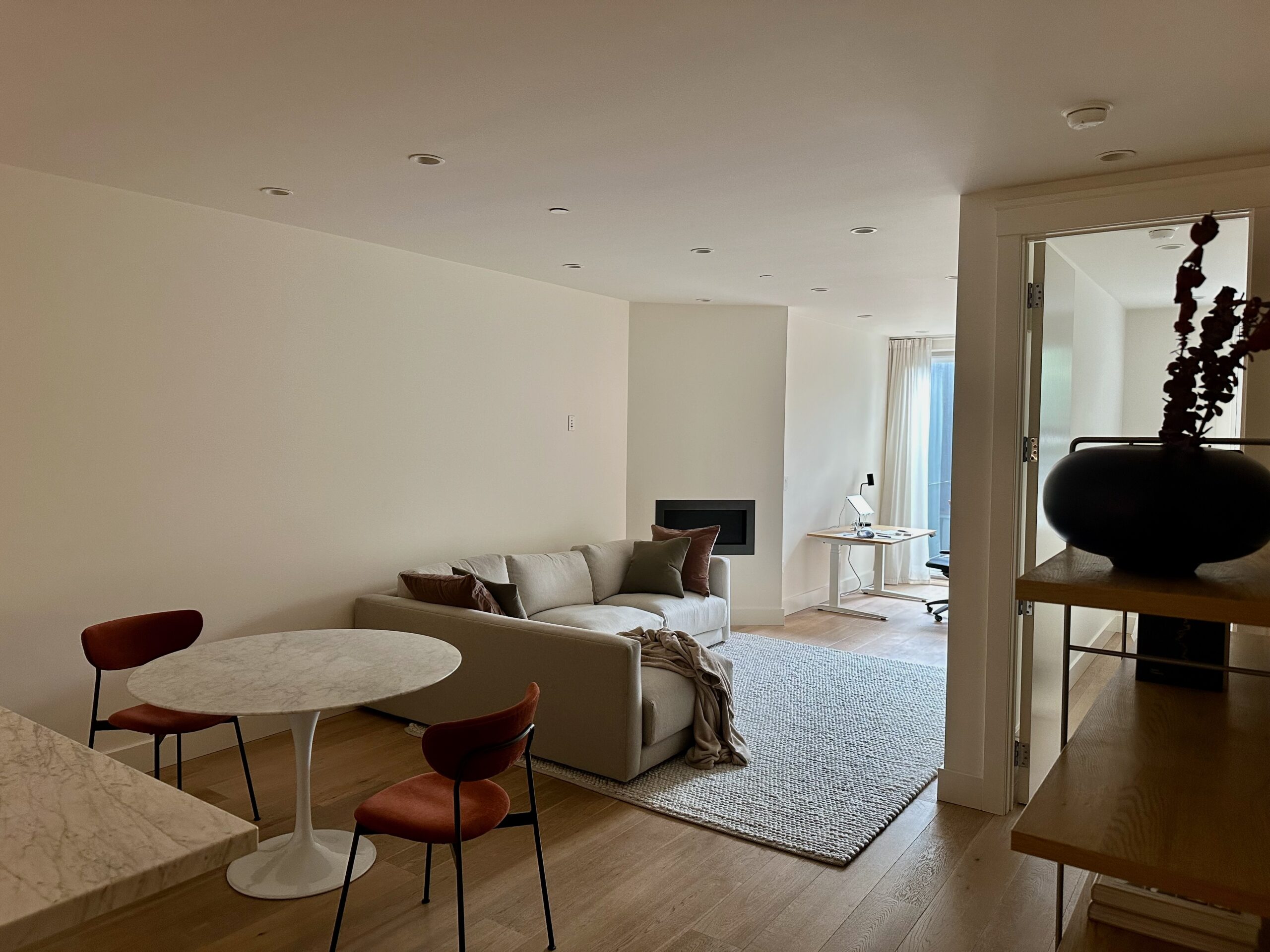
(Look at those lovely white walls!)
Then, after I got the red chairs and brown pillows, I stumbled across this piece:
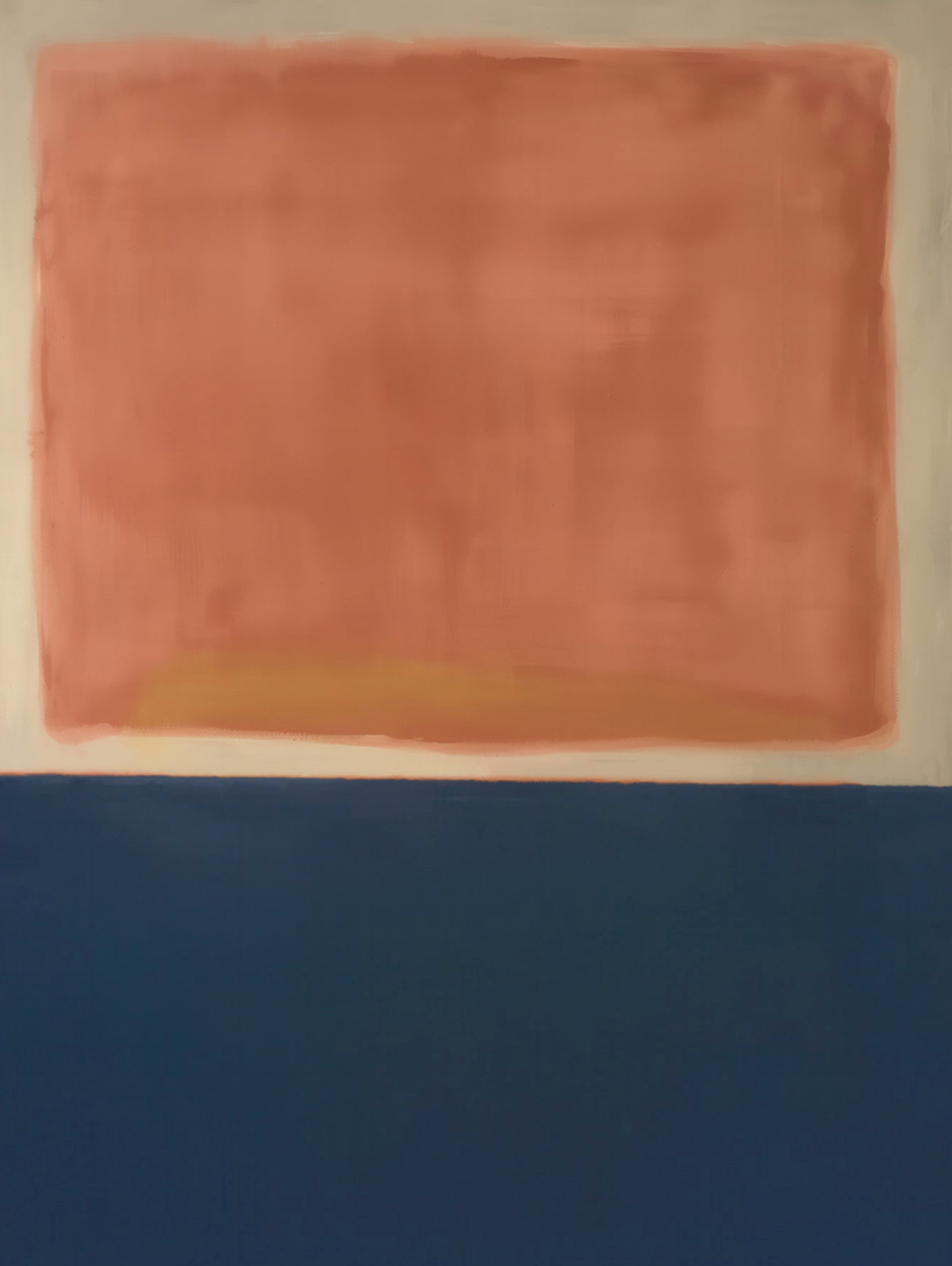
After years of searching, I knew I’d finally found the right thing:
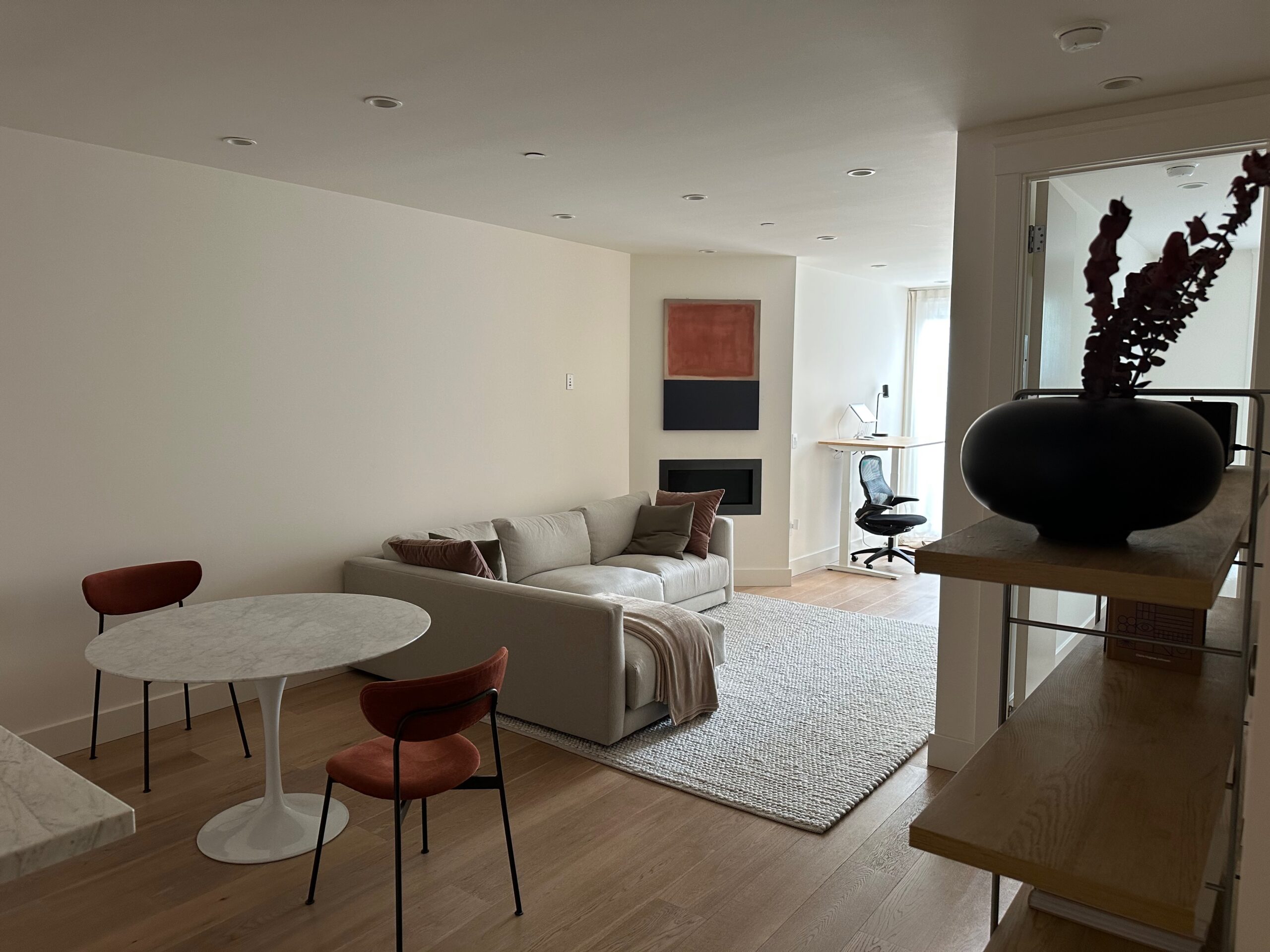
Designing this apartment was extraordinarily rewarding.
When I was growing up, I always knew there was an analytical part of my brain. As a student, I wrote about the rise of smartphones, the performance of semiconductors, and the economics of the computer industry.
But, from a pretty early age, I always felt like there was another part of my brain—something more creative, more intuitive, more aesthetic. And, over the years, as I had the chance to work with some designers, I slowly came to realize that it genuinely was there—but that I’d never fully scratched my itch.
This was the first time I did.
I love it so much 🥹
– – – – – Appendix – – – – –
This project was inspired by:
- Soft Minimal, a book from Norm Architects that explores how to build spaces that speak to the soul.
- Solid Air, the apartment of Anna-Carin, an interior designer in Sydney.
- Schgaguler, a hotel in Italy.
And a big thank you to Noah Daniels, whose YouTube video taught me how to select complementary materials and build spaces with depth.
